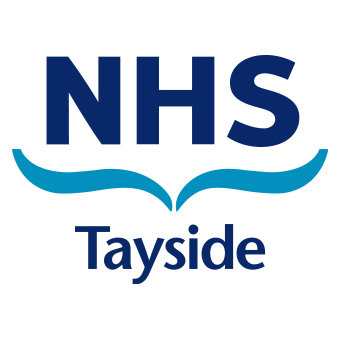- NICE (2020). Clinical knowledge summary: Acute childhood limp.
- McCanny P, McCoy S, Grant T et al. (2012).Implementation of an evidence guideline reduces blood tests and length of stay for the limping child in paediatric emergency department . Emergency Medicine Journal 30(1).
- Kocher MS et al. (2004). Validation of a clinical prediction rule for the differentiation between septic arthritis and transient synovitis of the hip in children. Journal of Bone and Joint Surgery 86-A: 1629-35.
- Perry DC, Bruce C. (2010). Evaluating the child who presents with an acute limp. BMJ 341:c 4250.
- Herman M, Martinek M. (2015). The limping child. Pediatrics in Review 36(5) 184-197.
Limping child guideline

The causes of acute limp are usually categorised in terms of age at presentation.
Red flags in acute limp:
- Pain waking the child at night
- Signs of redness, swelling or stiffness of the joint or limb
- Weight loss, anorexia, fever, night sweats or fatigue
- Limp and stiffness worse in the morning
- Severe pain, anxiety and agitation after a traumatic injury (Nice acute limp guidance 2020)
A number of sinister conditions can occur at any age1,4,5.
Special considerations alongside red flags given above:
- Younger than 3 years of age.
- Has painful or restricted movements of any joints.
- Unable to weight bear.
- Febrile and/or systemically unwell.
- Suspected NAI.
- SUFE can present out with reported age groups particularly in children who are overweight or have endocrine abnormalities4.
In the ED “ongoing limp” presentations maybe flagged as possible redirection cases. Senior clinicians should be aware that significant pathologies may present with subtle signs. If there is suspicion of a significant pathology, the child should not be redirected.